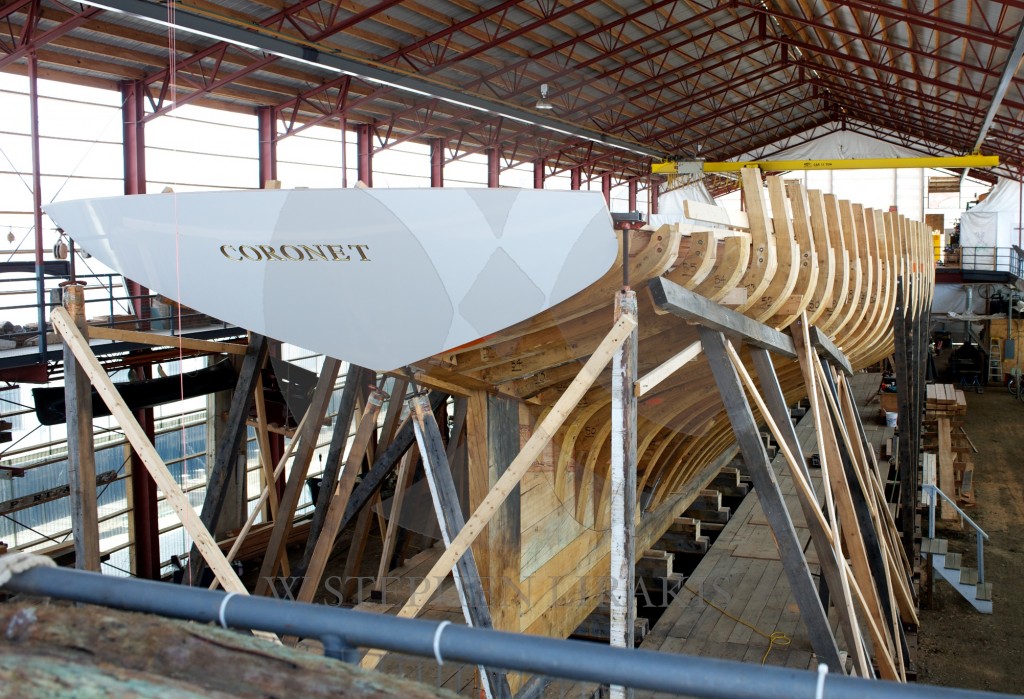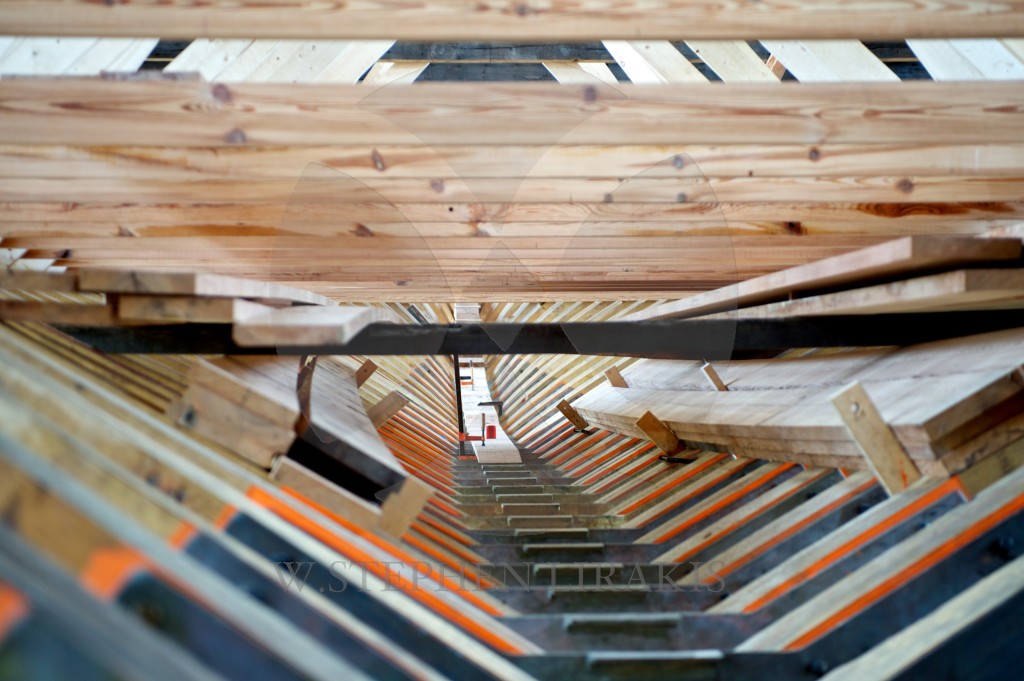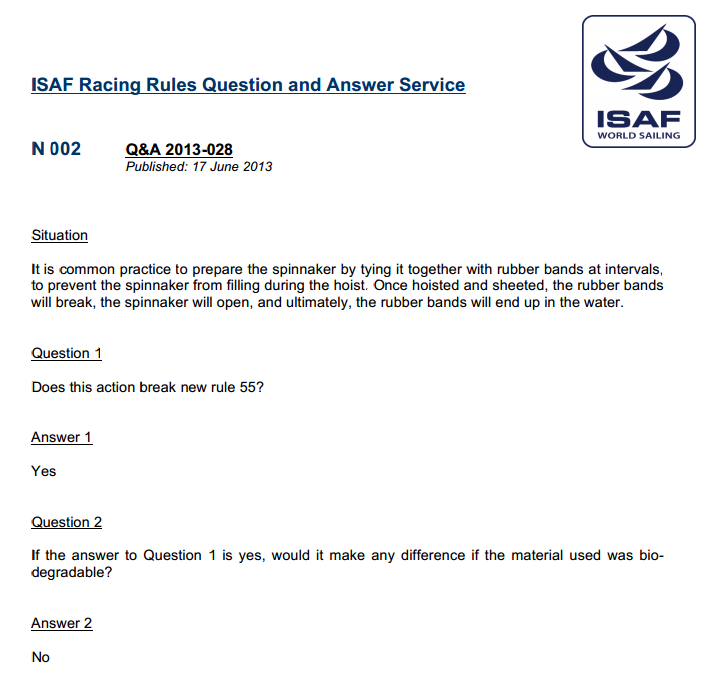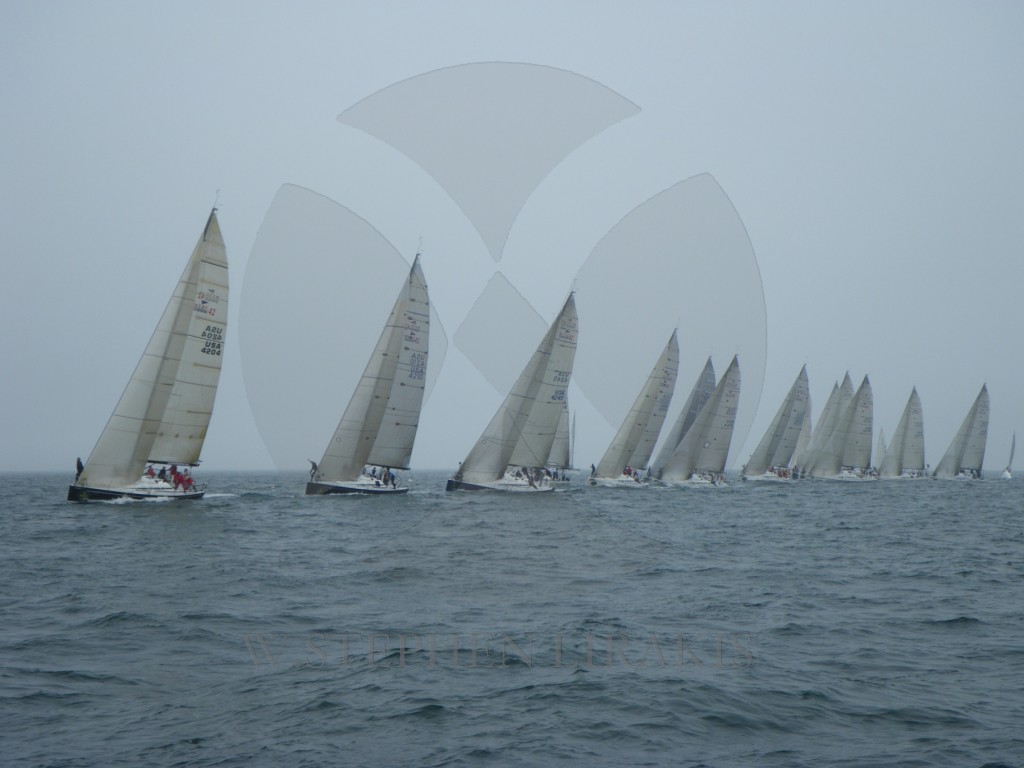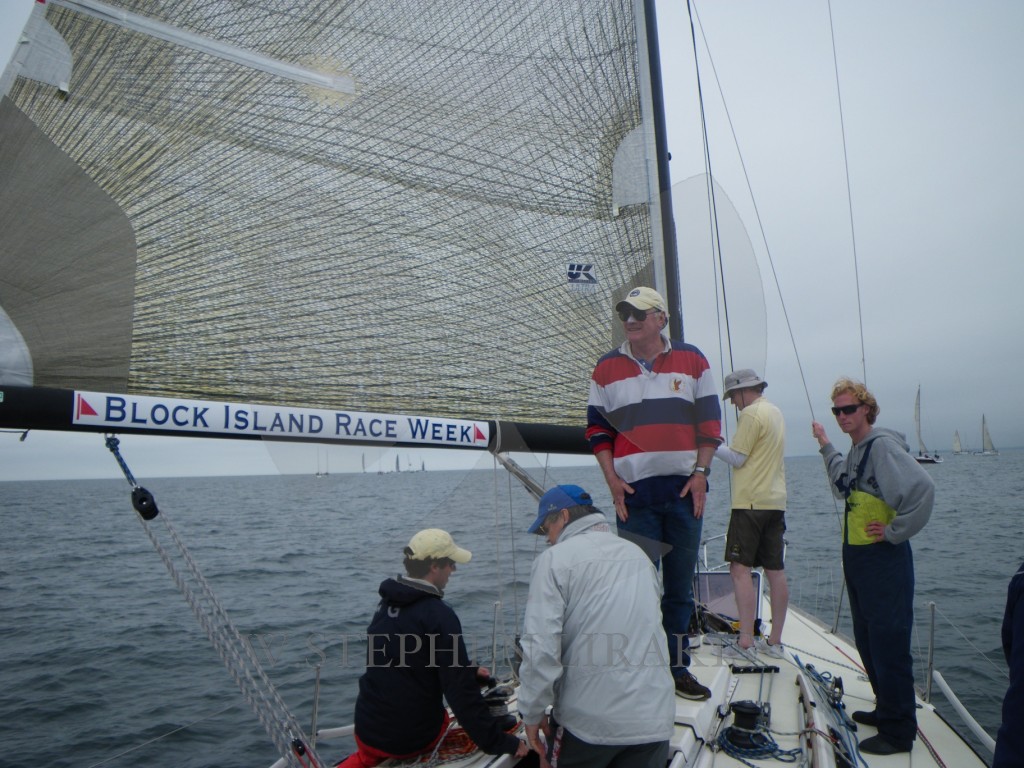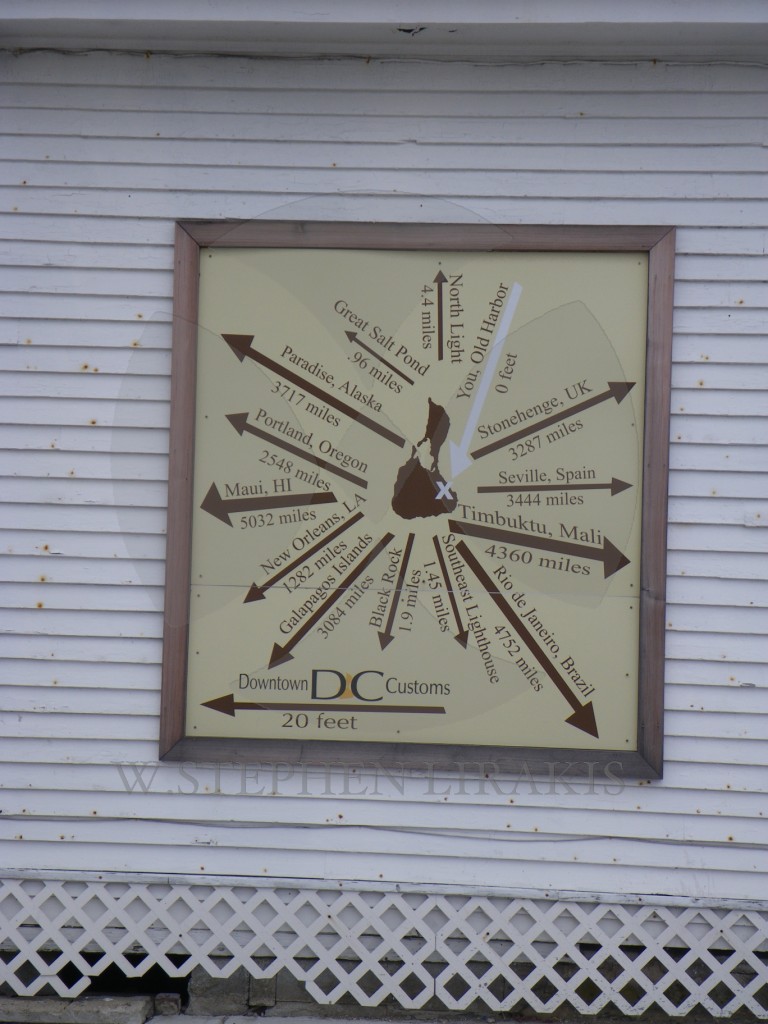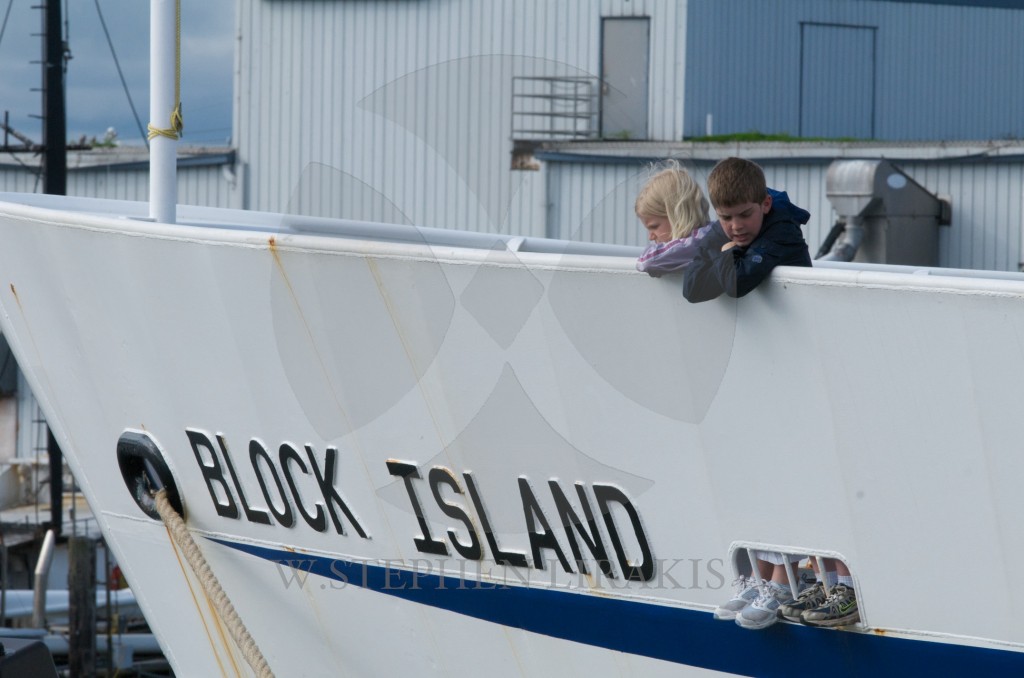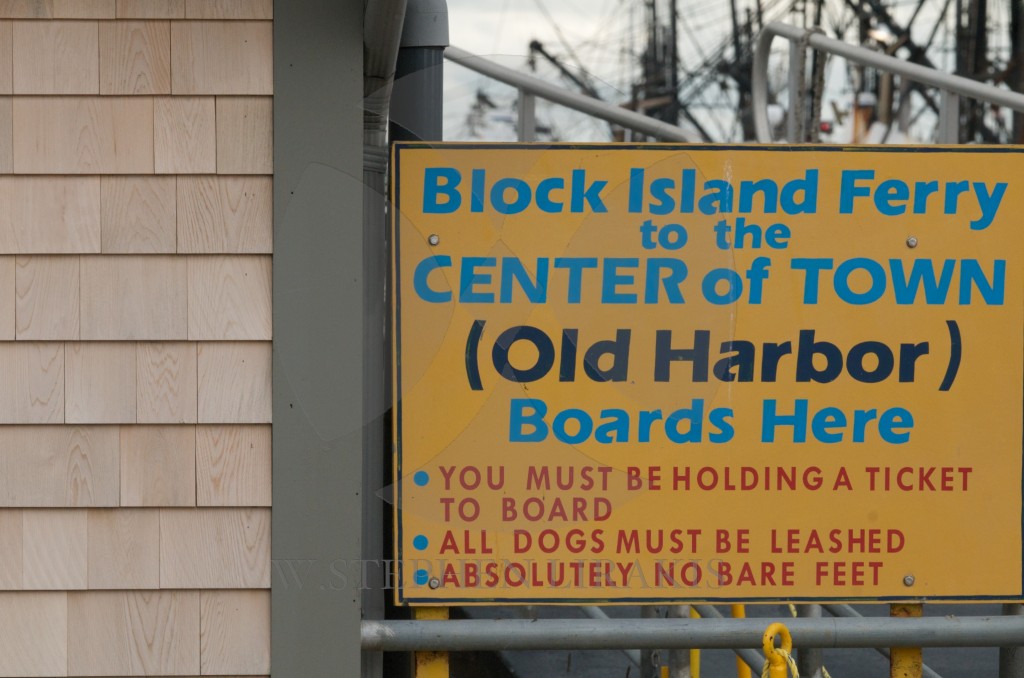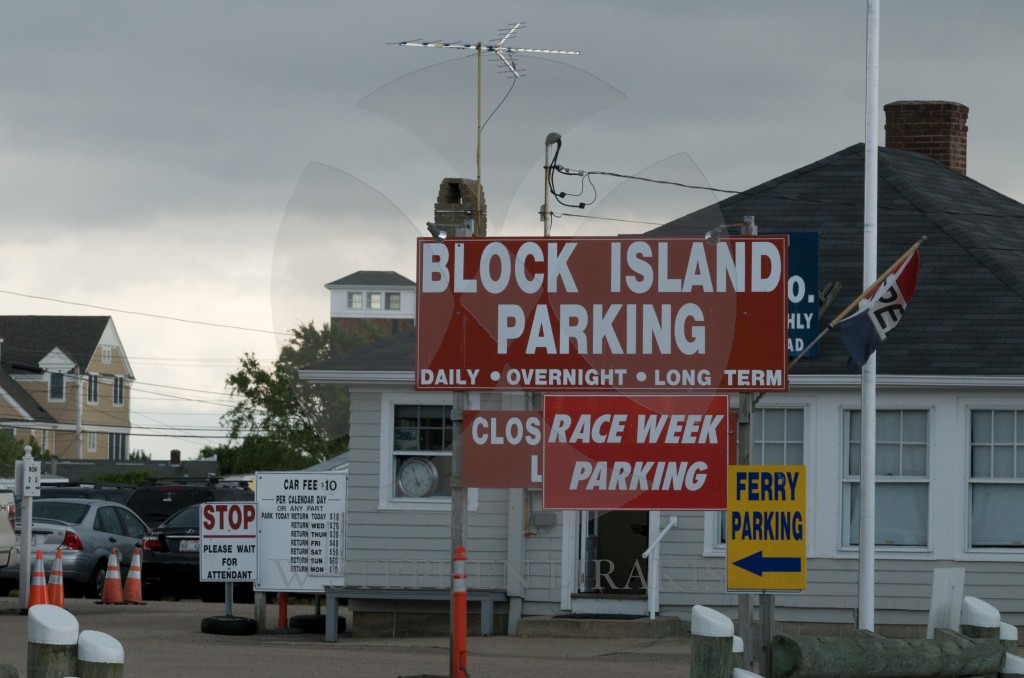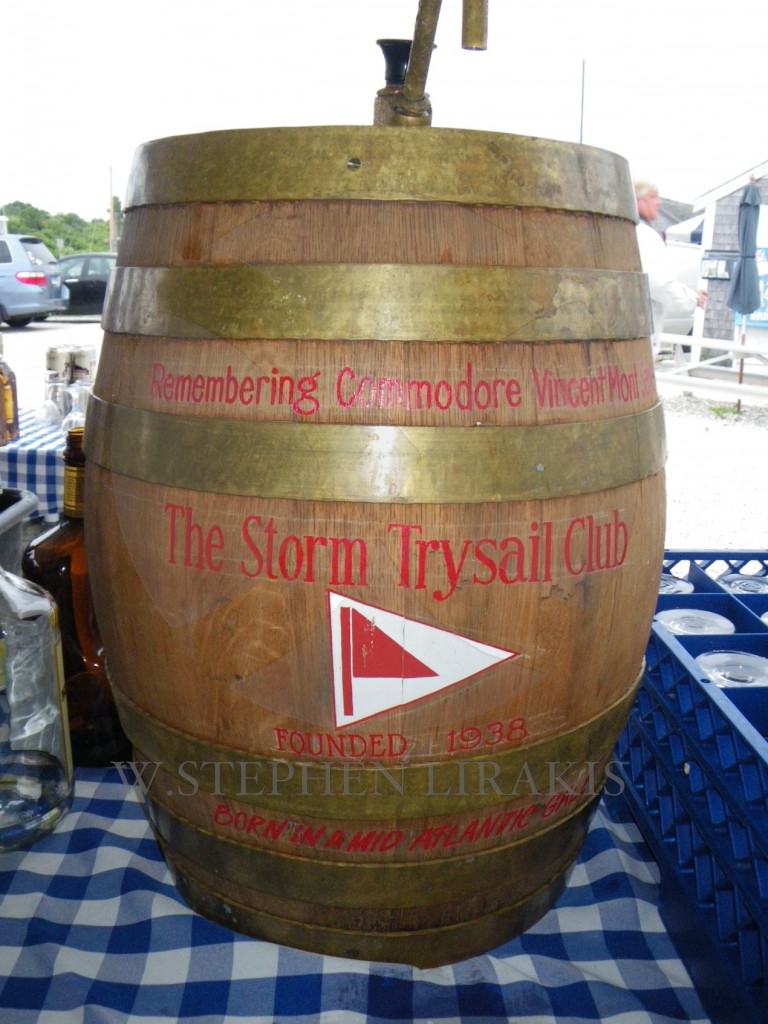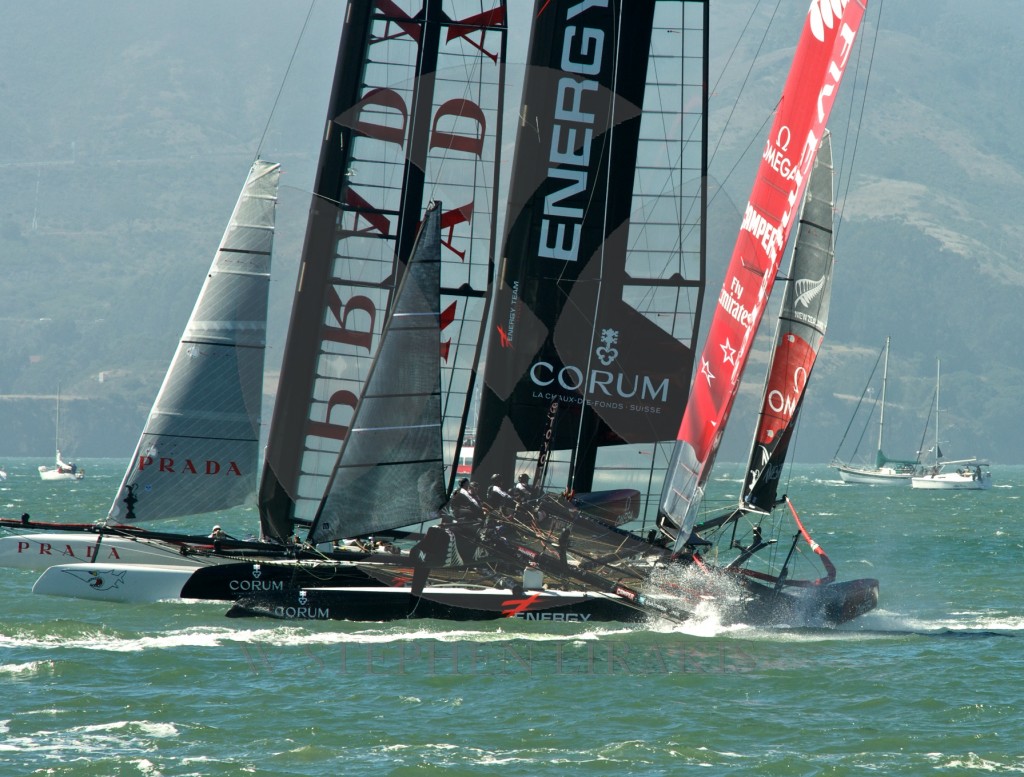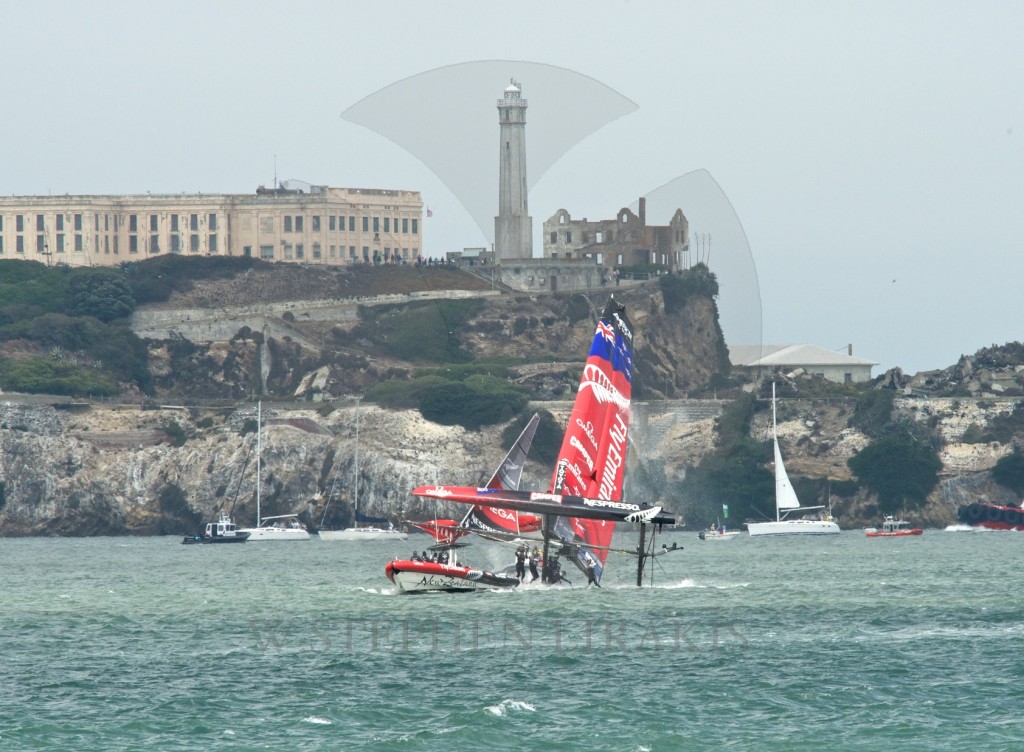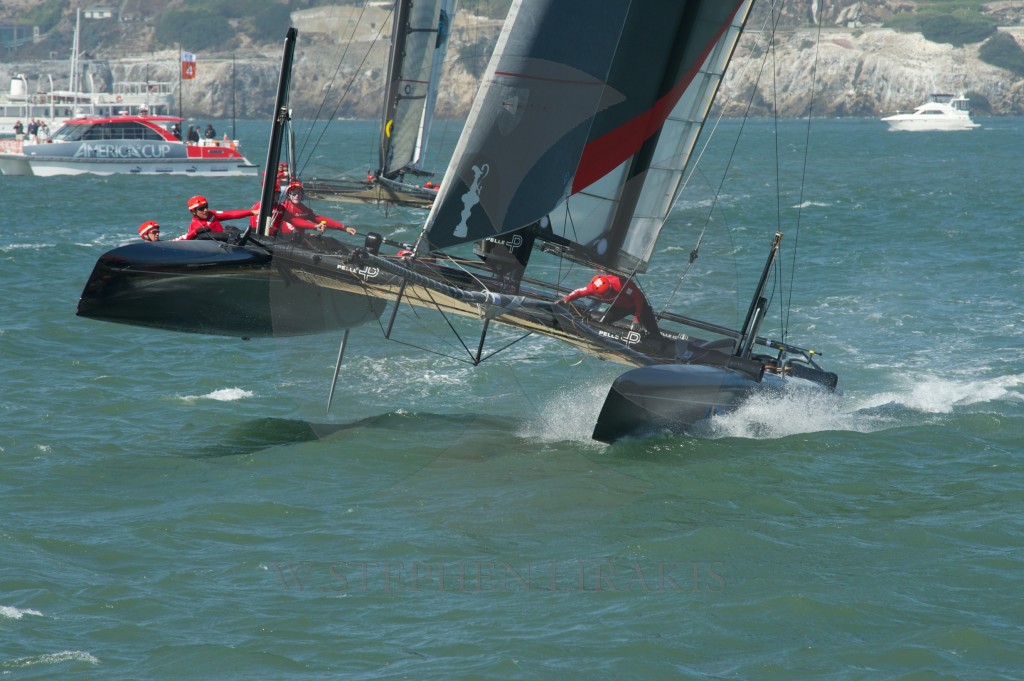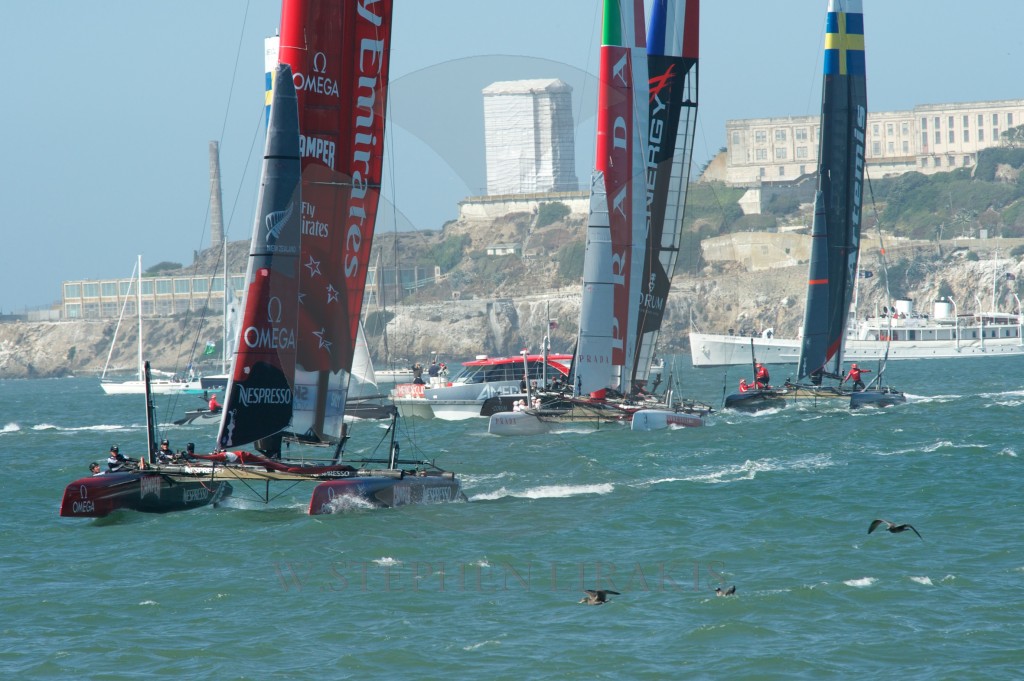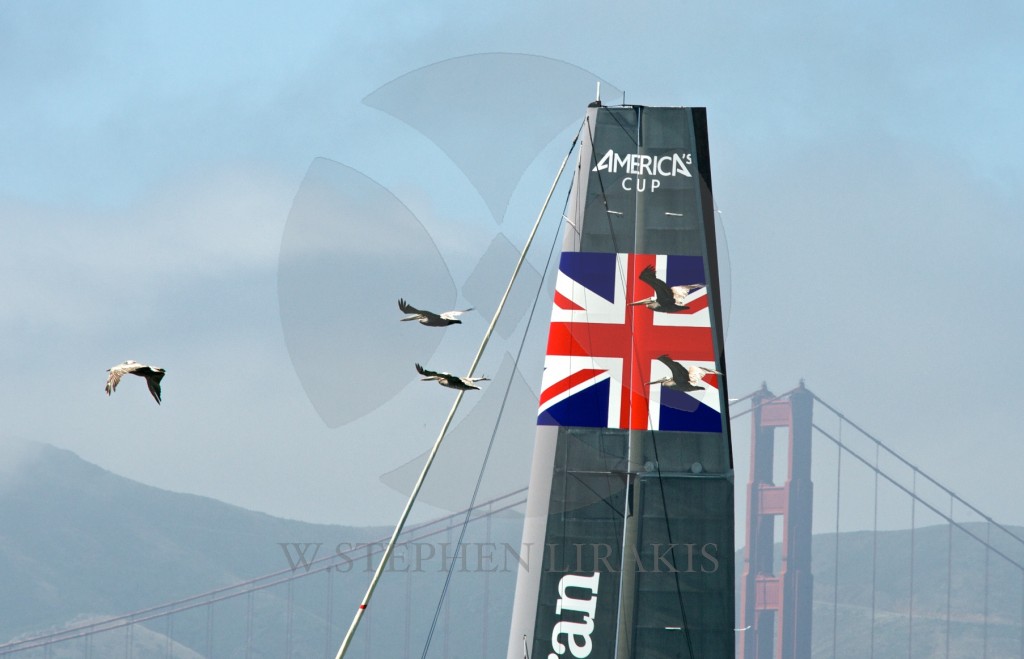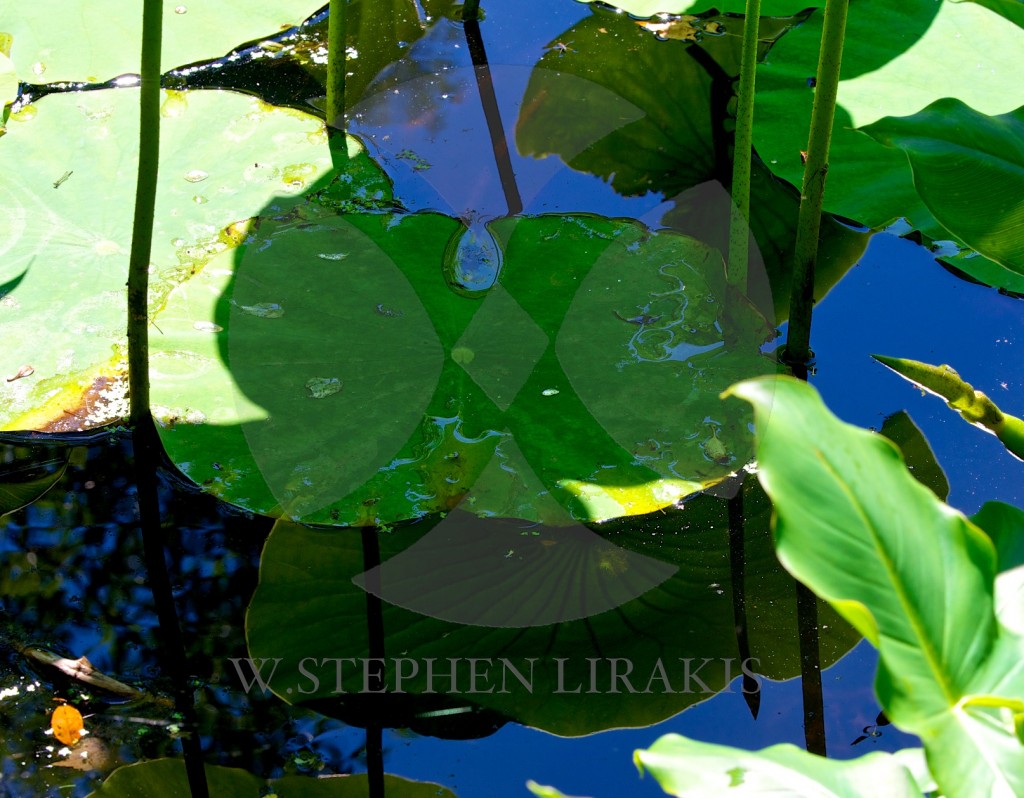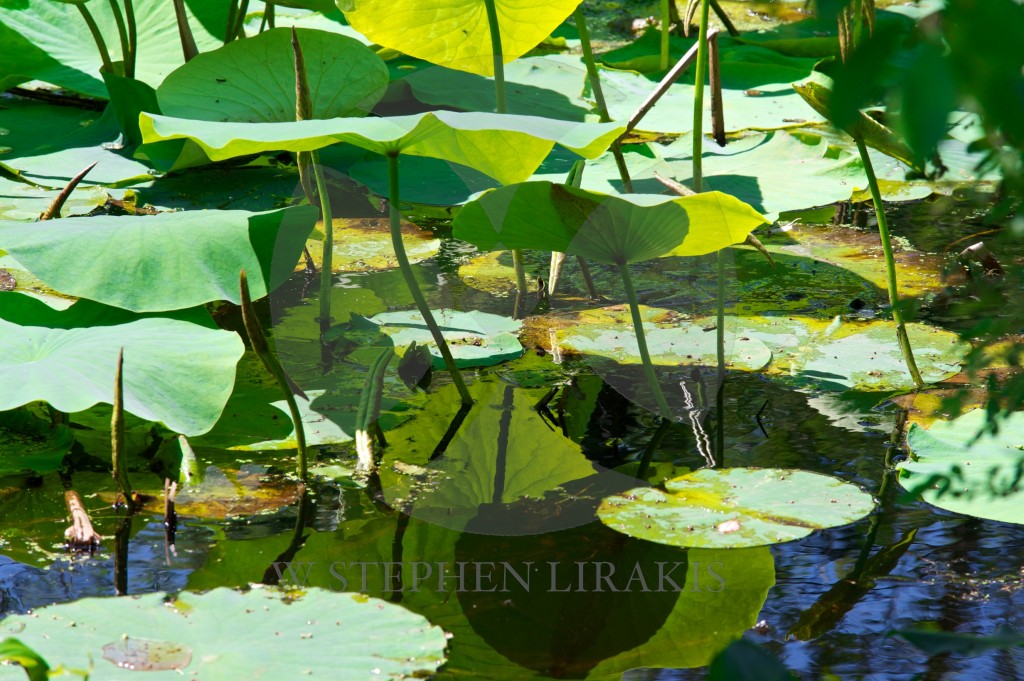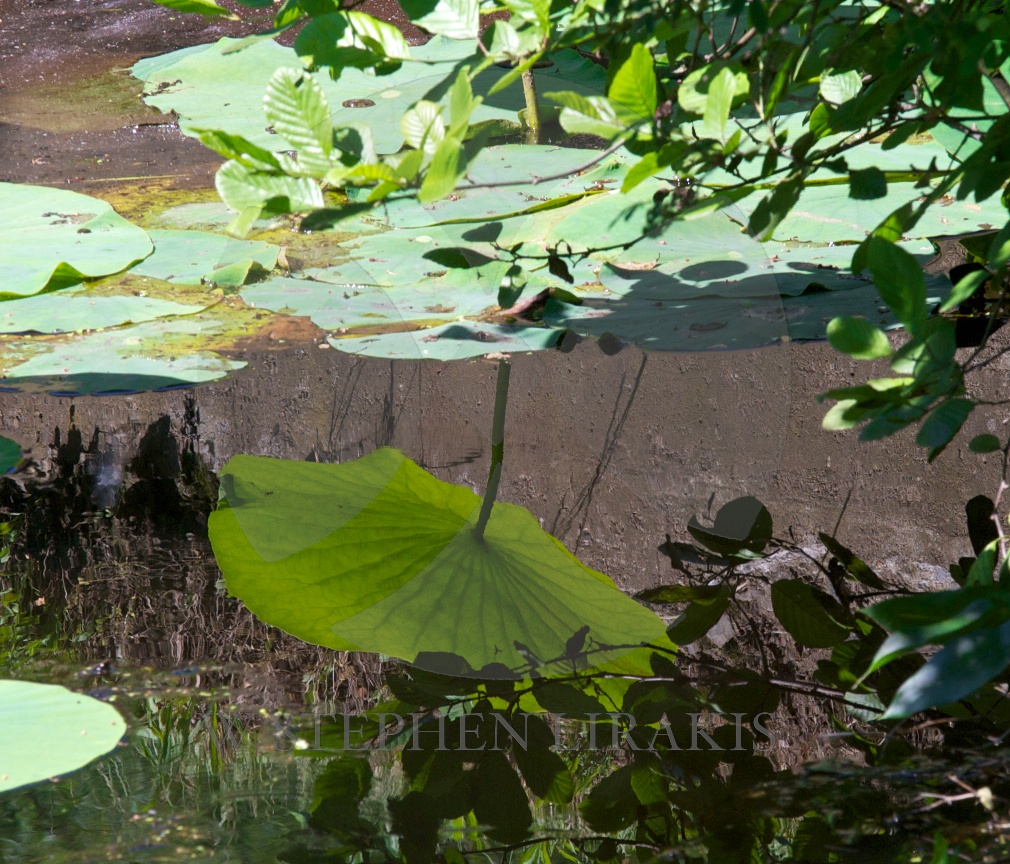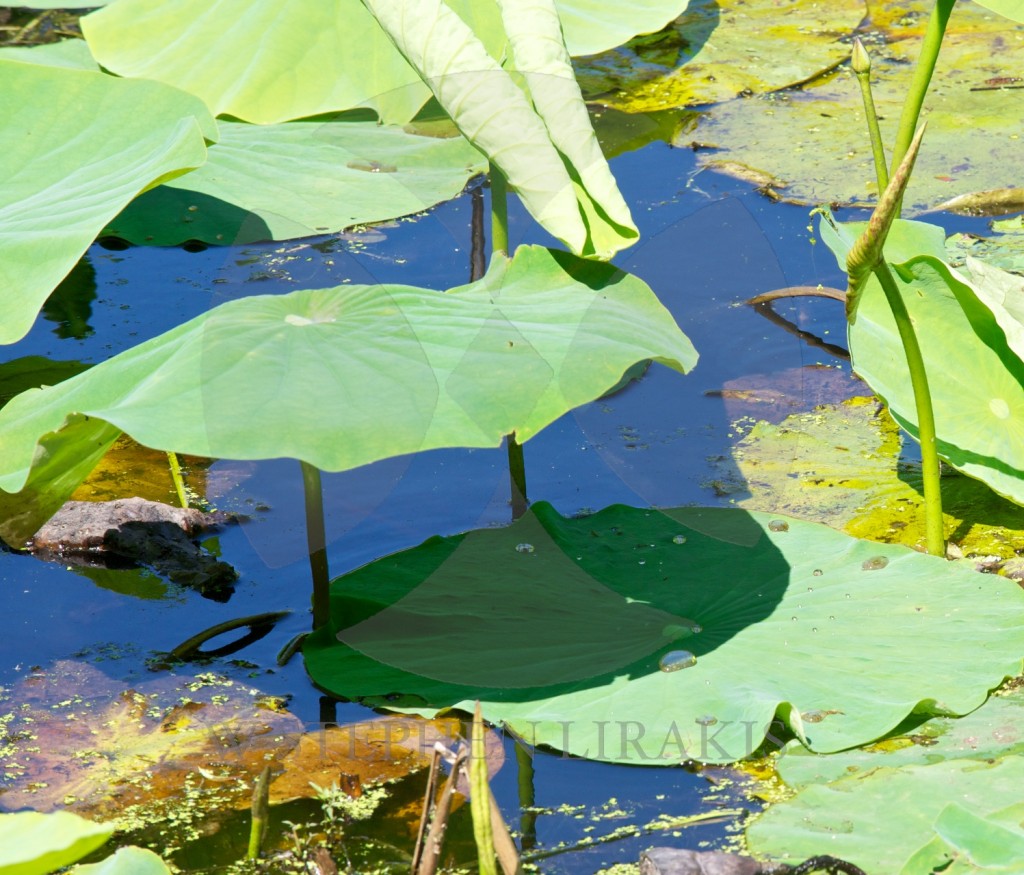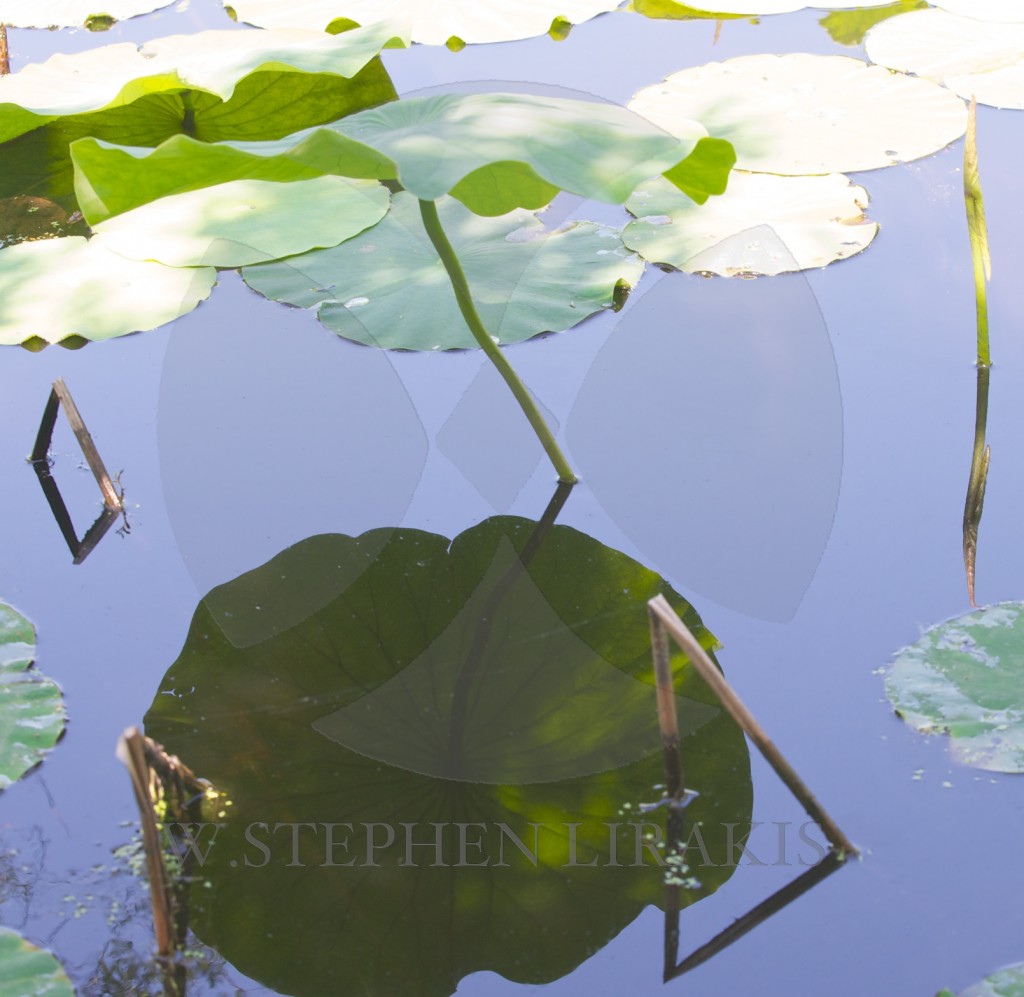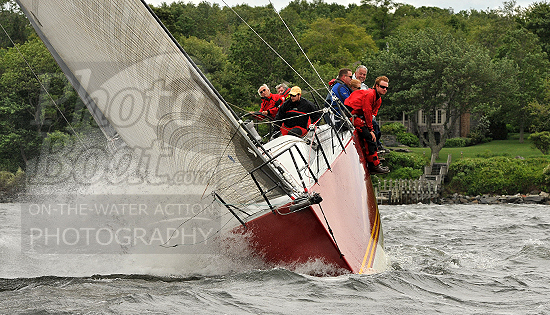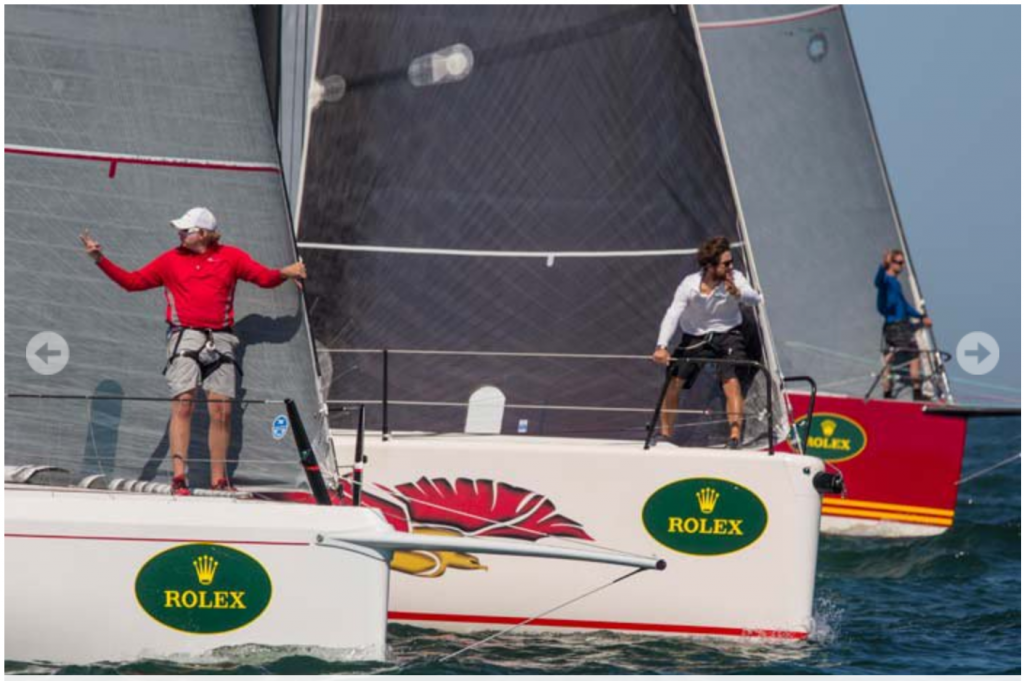I think there is a book here. Ken speaks so well, he makes you feel he is speaking to you not just the crowd.
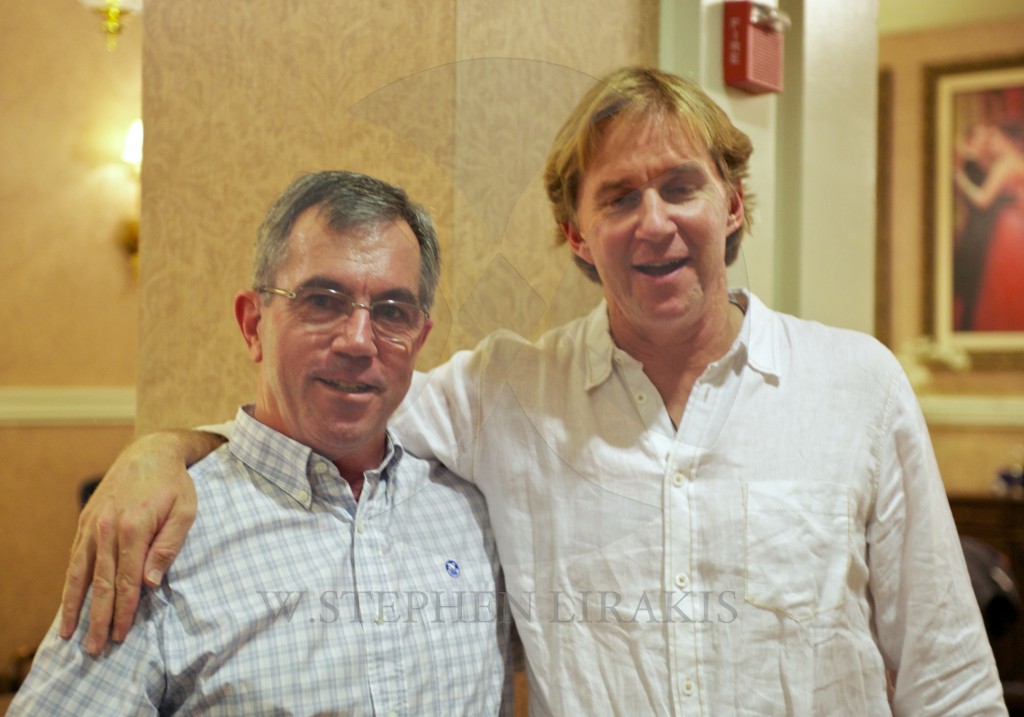
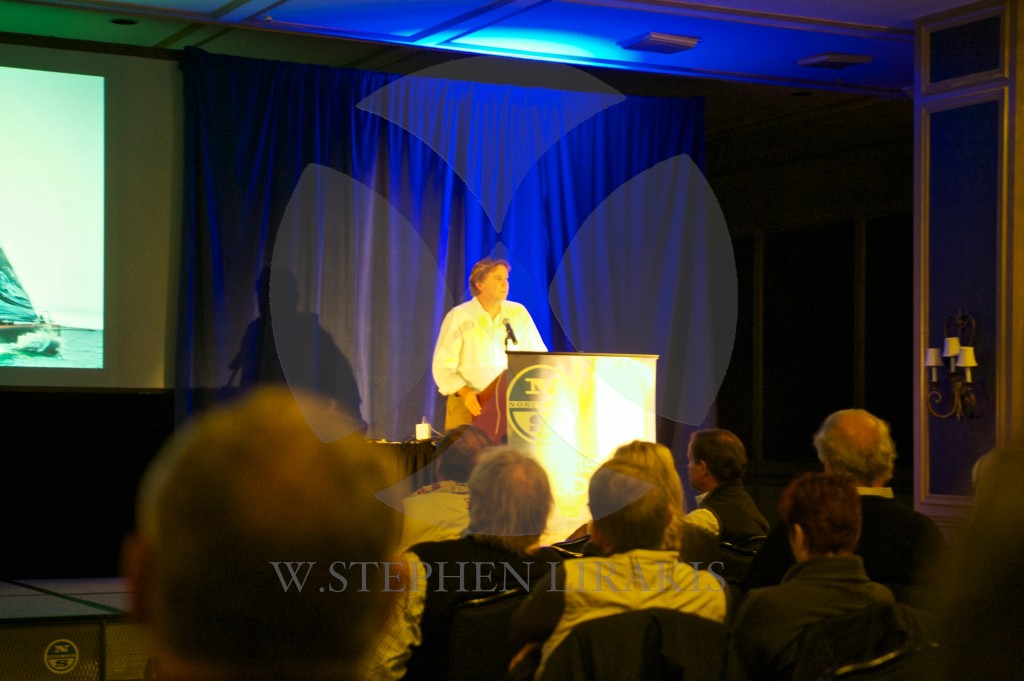
Ken Read: “The Volvo Ocean Race is my life”
Amory Ross/PUMA Ocean Racing/Volvo Ocean Race
By Agathe Armand
The 2011-12 edition was the closest in our 40-year history but according to Ken Read the next one will be even tighter – and even more demanding for the sailors involved. The former PUMA skipper, now president of North Sails, is (almost) certain he’ll be watching from the shore this time but when your emotional bond with a race runs as deep as his, it’s best not to rule it out.
Amory Ross/PUMA Ocean Racing/Volvo Ocean Race Amory Ross/PUMA Ocean Racing/Volvo Ocean Race Marc Bow/Volvo Ocean Race PAUL TODD/Volvo Ocean Race
“I still think like the race is my life. Whether it feels every minute of my day or not, I still think like it’s a big part of my life” – Ken Read
After two editions at the head of PUMA Ocean Racing, you’re now President of North Sails. How would you rate this new challenge against a Volvo Ocean Race campaign?
“It’s a big Volvo project! North Sails worldwide has 1,600 employees so it’s a reasonable size company. And I think that’s why they want me to do what I do.
“It’s managing people, it’s managing projects, it’s managing problems, it’s creating solutions, it’s surrounding yourself with good people… It’s really no different!”
North Sails is the official sailmaker of the new Volvo Ocean 65. What about the production itself?
“These sails will have to do two things: they have to be very fast, and they have to be incredibly durable. We think we have the 3Di moulding process for a very fast and very durable product. And we will do all of them at the same time before to move the mould.
“We could make Dacron sails if we wanted to, it would last around the world. But it wouldn’t have that high speed and high technology look and feel that the Volvo has to maintain. With the cost cutting procedures that are in place, including substantial cuts in the amount of sails to be used around the world, it’s on us to put our money where our mouth is to make sure that these sails last. And it’s a challenge!
“The race goes across the Equator four times, that’s a lot of exposure to brutal sunlight. And down south where the ozone layer is very fine, these sails get beat up not only by the people and by the water and by the wind but also by the rays.”
How do you look at the 2014-15 edition then, and what are your thoughts on One Design?”
“It’s a completely different animal this time around. I don’t think the One Design had any reflection as to my decision to do another one or not. My decision was more based on where I am in my career and the opportunity I had with North Sails. If this North Sails opportunity wasn’t there, would I still dig into another Volvo? Possibly. But it was the right call at the time, I think.
“I’m very curious to see what the One Design will bring to the race. What are the strategies going to be like? I think these boats are going to sail around right next to each other all the time! With our customised Volvo Open 70, it was incredible how we sailed around right next to each other. It’s all going to be much closer this time. There will be more pressure, less sleep, it’s going to make this race harder I can guarantee that.”
I’ve got to ask you the Newport question – you must be delighted to see the race stops in your hometown in 2015!
“It’s great. First of all I think it’s a wonderful solution for a North America stopover. And I’ve always been a big fan of the Volvo Ocean Race being a big fish in a small pond, so to speak. The mid-size cities are the ones with the most success as stopovers.
“I think Newport is going to fit the bill of this town/city, which is just big enough to give this race international exposure, and small enough so that the race will be the biggest fish.
“And the sailing heritage, and the facilities that they are going to put together… It’s going to be a great set-up and I only expect wonderful things from it. Plus my brother Brad is one of the stopover organisers!”
In 2011-12 you said it would be your last Volvo. Is that your final word?
“I’m obviously passionate about the race and addicted to it. I made a transition from being a round-the-buoys guy to being an offshore sailor and I love it! It would be a shame not to use what I learnt for the past six or seven years, and continue to learn. I wouldn’t say it’s the last you’ve seen of me in a Volvo race but I’m pretty sure it’s the last you’ve seen of me running a Volvo team.”
So we might see you again, and not only in Newport?
“I talked with Ian Walker couple of weeks ago about his project (Abu Dhabi Ocean Racing). I’m not bashful in saying that if somebody get nicked up or hurt or if they need somebody to come in and sail a leg or two, I’d love to do that.
“It’s just great talking about the Volvo Ocean Race. It’s still clearly my passion. I cannot even tell you how many speeches I’ve done about the race since it’s over and I love doing them because it brings out emotions. I still think like it’s my life. Whether it fills every minute of my day or not, I still think like it’s a big part of my life.”

